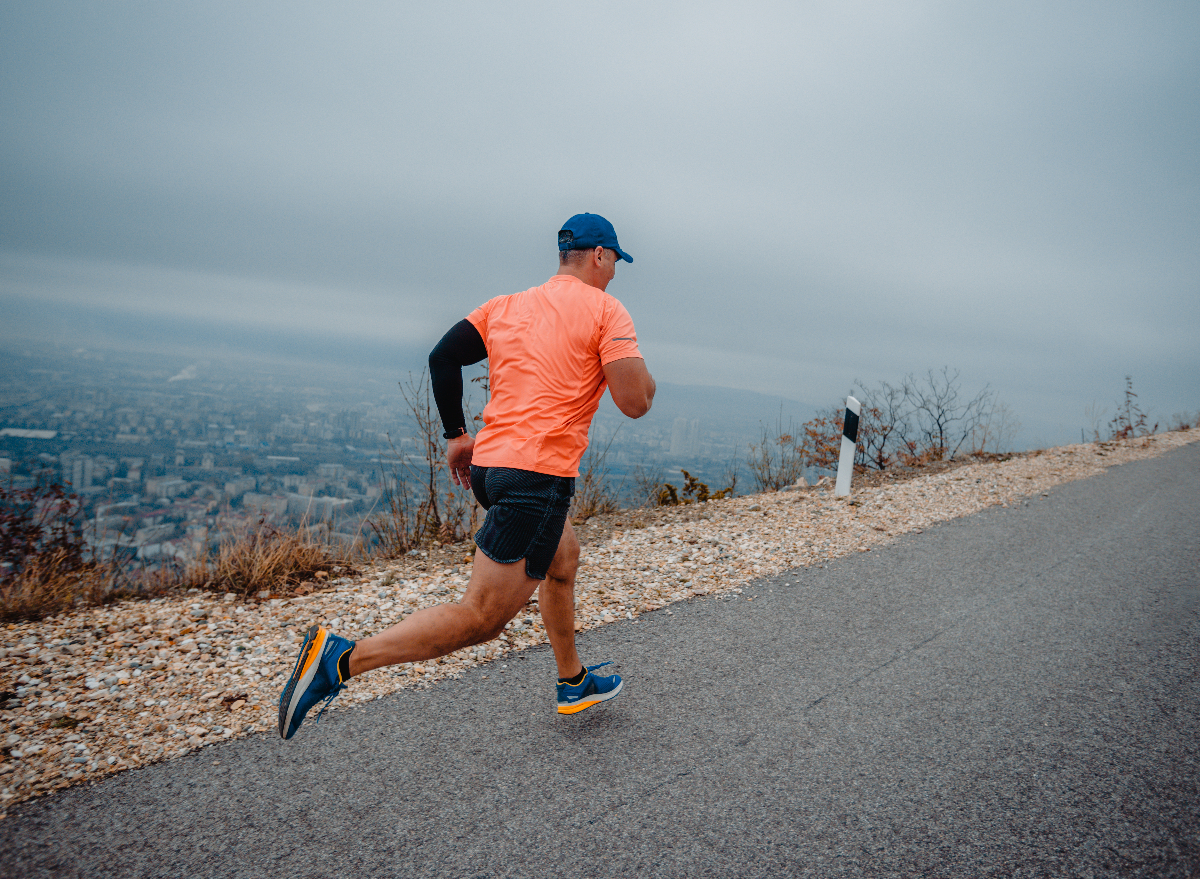Turbocharge Your Runs: Open Your Prospective with Strategic Running Workouts
Turbocharge Your Runs: Open Your Prospective with Strategic Running Workouts
Blog Article
Taking Care Of Usual Running Discomforts: Reasons, Solutions, and Avoidance
As joggers, we commonly come across various pains that can prevent our efficiency and satisfaction of this exercise. From the devastating pain of shin splints to the unpleasant IT band syndrome, these usual running pains can be aggravating and demotivating. Understanding the reasons behind these conditions is important in efficiently resolving them. By checking out the root reasons for these operating discomforts, we can uncover targeted remedies and safety nets to make certain a smoother and a lot more fulfilling running experience (this is where I read it).
Usual Running Pain: Shin Splints
Shin splints, an usual running pain, usually result from overuse or improper shoes throughout exercise. This problem, clinically understood as median tibial stress disorder, shows up as discomfort along the inner side of the shinbone (shin) and prevails amongst professional athletes and runners. The repeated stress and anxiety on the shinbone and the tissues connecting the muscular tissues to the bone leads to inflammation and pain. Runners that swiftly increase the intensity or duration of their exercises, or those that have level feet or incorrect running strategies, are particularly prone to shin splints.
To avoid shin splints, people ought to progressively raise the intensity of their exercises, wear proper shoes with proper arch assistance, and maintain versatility and strength in the muscular tissues surrounding the shin (running workout). In addition, incorporating low-impact activities like swimming or biking can aid maintain cardiovascular physical fitness while enabling the shins to heal.
Typical Running Discomfort: IT Band Syndrome
Along with shin splints, one more widespread running pain that athletes often experience is IT Band Disorder, a problem brought on by swelling of the iliotibial band that leaves the external upper leg and knee. IT Band Syndrome usually shows up as discomfort on the outside of the knee, specifically throughout activities like running or cycling. The iliotibial band is a thick band of fascia that connects the hip to the shin, and when it ends up being irritated or limited, it can massage versus the thigh bone, resulting in discomfort and pain.
Runners experiencing IT Band Syndrome may discover a stinging or hurting experience on the external knee, which can worsen with ongoing task. Factors such as overuse, muscle inequalities, incorrect running type, or inadequate workout can add to the development of this problem. To avoid and minimize IT Band Syndrome, joggers ought to concentrate on extending and enhancing workouts for the hips and thighs, proper shoes, gradual training development, and dealing with any biomechanical problems that may be aggravating the issue. Ignoring the signs and symptoms of IT Band Syndrome can bring about chronic concerns and prolonged recuperation times, emphasizing the relevance of very early intervention and correct administration approaches.
Typical Running Discomfort: Plantar Fasciitis

Plantar Fasciitis can be connected to various elements such as overtraining, incorrect shoes, working on tough surface areas, or having high arcs or level feet. To avoid and minimize Plantar Fasciitis, joggers can integrate extending workouts for the calf bones and plantar fascia, use encouraging shoes, keep a healthy and balanced weight to minimize pressure on the feet, and gradually increase running intensity to avoid sudden stress on the plantar fascia. If symptoms persist, it is suggested to speak with a health care specialist for appropriate medical diagnosis and treatment choices to deal with the condition effectively.
Common Running Discomfort: Jogger's Knee
After attending to the difficulties of Plantar Fasciitis, one more prevalent issue that joggers usually encounter is Runner's Knee, a common running pain that can impede sports performance and create pain throughout physical activity. Runner's Knee, additionally referred to as patellofemoral discomfort disorder, materializes as pain around or behind the kneecap. This condition is usually connected to overuse, muscle mass imbalances, inappropriate running methods, or problems with the placement of the kneecap. Joggers experiencing this pain may really feel a dull, hurting pain while running, going up or down staircases, or after extended durations of sitting. To avoid Jogger's Knee, it is vital to integrate correct warm-up and cool-down regimens, preserve solid and balanced leg muscles, use appropriate shoes, and slowly raise running intensity. If signs and symptoms continue, consulting from a healthcare expert or a sports medicine professional is suggested to detect the underlying cause and develop a tailored therapy plan to minimize the pain and avoid further issues.
Usual Running Discomfort: Achilles Tendonitis
Commonly afflicting runners, news Achilles Tendonitis is an excruciating condition that impacts the Achilles ligament, creating pain and potential limitations in exercise. The Achilles tendon is a thick band of tissue that links the calf muscle mass to the heel bone, vital for tasks like running, jumping, and walking - this website. Achilles Tendonitis often establishes because of overuse, inappropriate shoes, inadequate stretching, or unexpected boosts in exercise
Signs of Achilles Tendonitis consist of discomfort and rigidity along the ligament, specifically in the morning or after periods of inactivity, swelling that intensifies with activity, and potentially bone stimulates in persistent instances. To avoid Achilles Tendonitis, it is necessary to stretch appropriately previously and after running, use proper shoes with correct assistance, slowly raise the strength of workout, and cross-train to lower recurring stress and anxiety on the ligament. Therapy might include rest, ice, compression, elevation (RICE protocol), physical therapy, orthotics, and in severe cases, surgery. Early treatment and correct treatment are vital for handling Achilles Tendonitis successfully and stopping long-lasting problems.
Verdict

Report this page